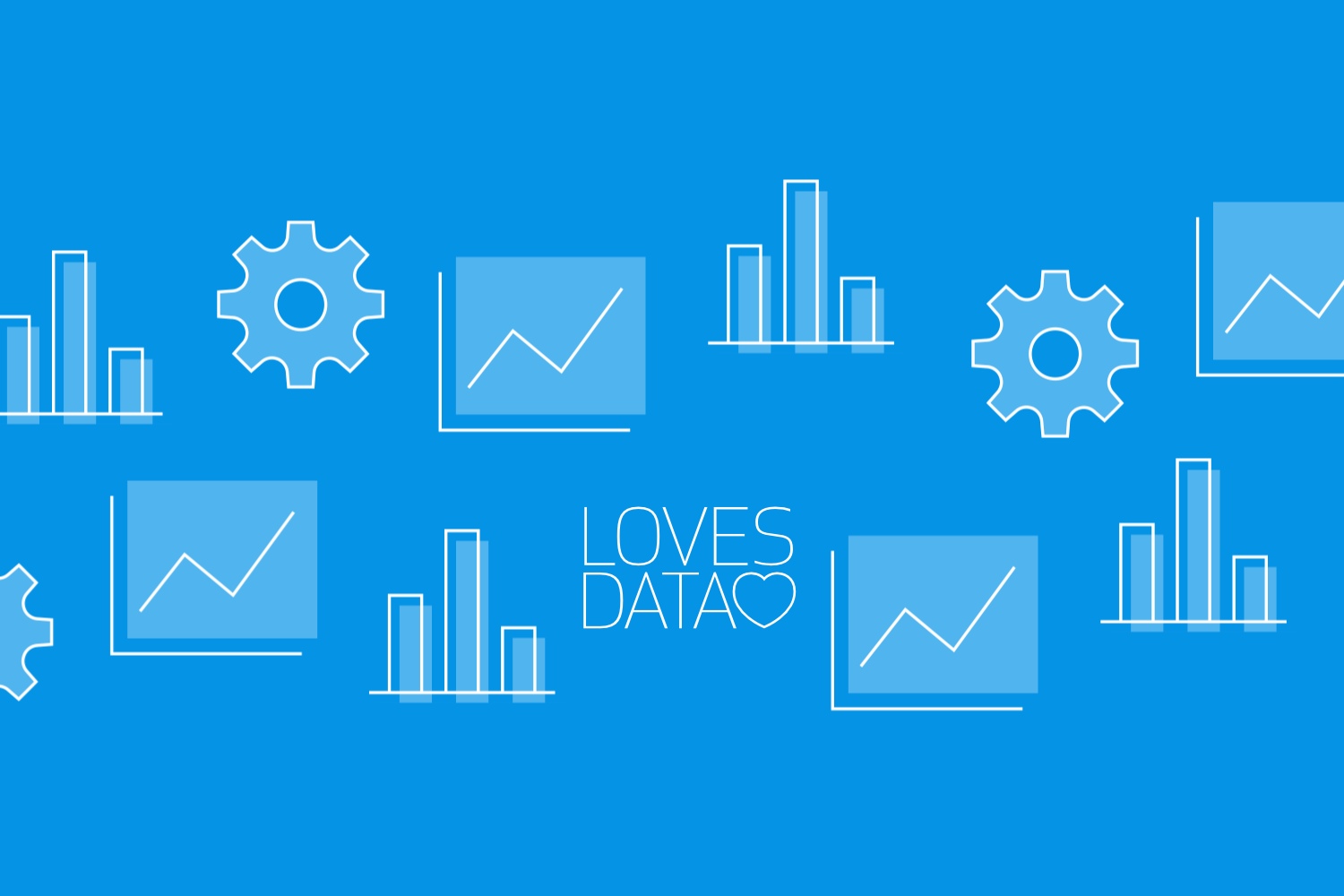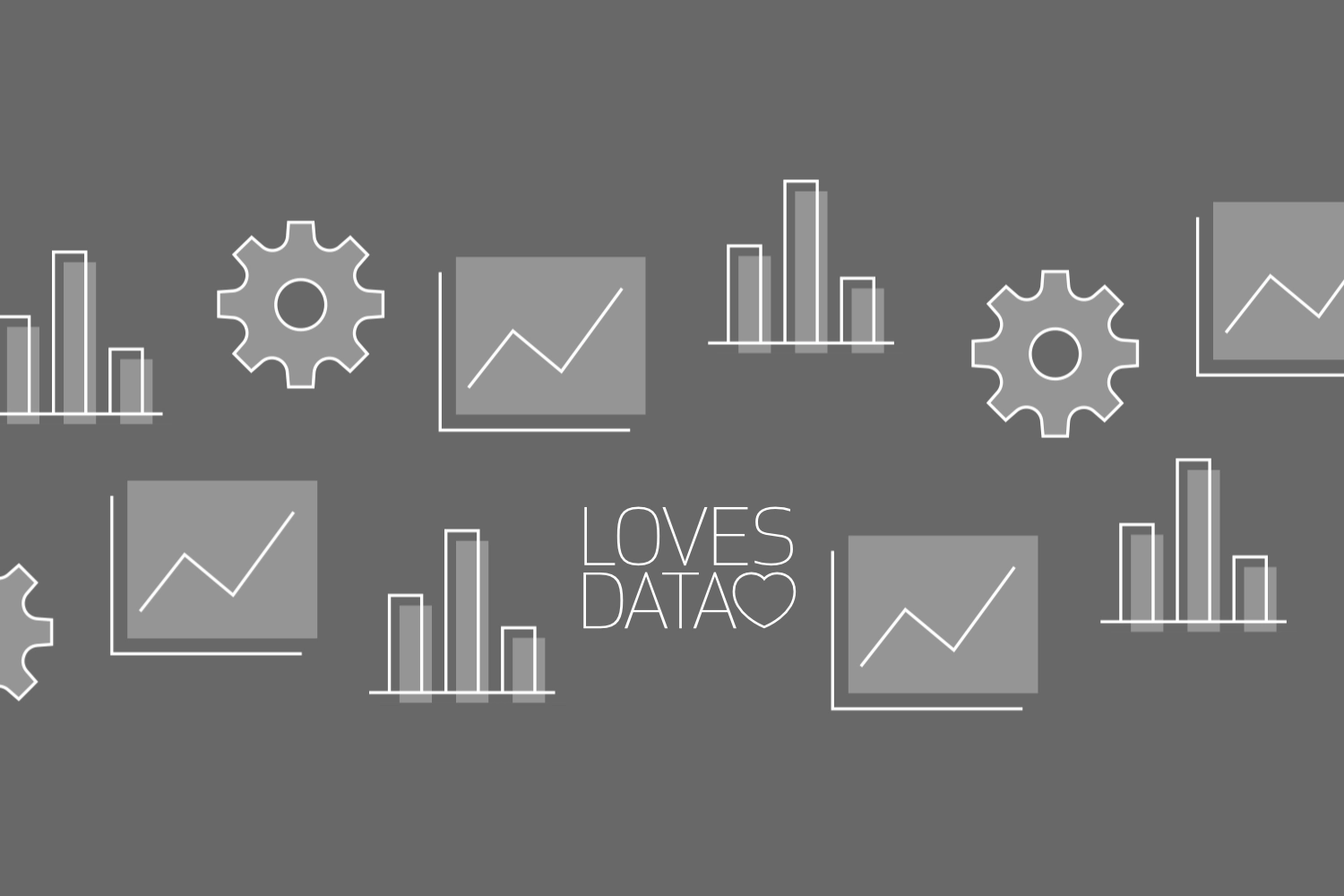Understanding Google Ads Attribution Models
Loves Data
Understanding how your marketing channels contribute to your conversions and overall performance is critical in making informed decisions and optimizing your efforts. Google Ads, one of the most widely used digital advertising platforms, now offers two primary attribution models: Data-Driven and Last Click. In this guide, we'll explore these models, helping you evaluate your campaign success and allocate your marketing budget effectively. With insights and best practices from Loves Data, you'll be well-equipped to make the most of your marketing efforts and drive tangible results.
Understanding Google Ads Attribution Models:
Attribution models in Google Ads serve as a means of assigning credit to various touchpoints in a user's journey that ultimately leads to a conversion. By applying these models to your campaigns, you can get a deeper understanding of the effectiveness of your marketing channels and ad placements.
The Role of Attribution Models in Campaign Analysis:
Selecting an appropriate attribution model based on your marketing objectives and the kind of products or services you offer is crucial in comprehending the impact of your campaigns on conversions. Attribution models help you optimize your marketing efforts, allocate your budget more effectively, and make well-informed decisions for future marketing strategies.

Exploring the Available Attribution Models in Google Ads:
Google Ads now focuses on two primary attribution models: Data-Driven and Last Click. Let's take a closer look at each model and its implications for your campaigns:
1. Data-Driven Attribution Model:
The Data-Driven model uses advanced machine learning algorithms to assign credit to various clicks based on their contribution to conversion. This model evaluates all touchpoints in the user journey, identifying patterns and determining the significance of each interaction.

Key Features and Benefits:
- Machine Learning: Utilizes Google’s machine learning to analyze the entire customer journey.
- Holistic View: Considers all touchpoints, providing a more comprehensive view of what drives conversions.
- Adaptability: Adjusts to changes in your marketing strategies and user behavior over time.
- Increased Accuracy: More accurate attribution, leading to better decision-making and optimization.
Applications:
- Complex Conversion Paths: Ideal for campaigns with multiple touchpoints and longer decision-making processes.
- Data-Rich Environments: Best suited for advertisers with significant conversion data.
Implementation Tips:
- Sufficient Data: Ensure you have enough conversion data to leverage the Data-Driven model effectively.
- Regular Analysis: Continuously monitor and analyze performance to adapt strategies based on insights.
2. Last Click Attribution Model:
The Last Click model assigns 100% of the credit for a conversion to the last-clicked ad and its corresponding keyword. This model is straightforward and easy to implement, making it a popular choice for many advertisers.

Key Features and Benefits:
- Simplicity: Easy to understand and implement without complex data requirements.
- Immediate Actions: Focuses on the final interaction, which often drives the conversion.
Applications:
- Short Conversion Paths: Suitable for businesses with straightforward and short conversion paths.
- Immediate Impact: Ideal for campaigns aiming for quick wins and immediate actions.
Implementation Tips:
- Quick Analysis: Use for quick analysis and decision-making.
- Combine with Other Models: Consider using in conjunction with Data-Driven insights for a balanced approach.
Choosing the Right Google Ads Attribution Model for Your Campaigns:
When selecting the best attribution model for your campaigns, consider the following factors:
Your Marketing Goals:
Align your attribution model with your marketing goals and objectives, ensuring that the model you select allows you to measure your campaign's performance accurately and make data-driven decisions.
Your Conversion Path Complexity:
Consider the complexity of your conversion path, such as the average number of ad interactions and the time taken for a user to convert. For more complex paths, the Data-Driven model is preferable. For simpler paths, the Last Click model might suffice.
Your Industry and Target Audience:
Different industries and target audiences might require unique attribution model considerations. B2C businesses may benefit more from Data-Driven models, while B2B marketers might find the Last Click model more practical.
Conclusion
Choosing the right Google Ads attribution model plays a significant role in measuring your marketing performance, allocating resources, and optimizing your campaigns effectively. By understanding the Data-Driven and Last Click models and their implications, you can make informed decisions that drive better results for your business.
As experts in Google Analytics and Google Ads, Loves Data is dedicated to helping you succeed in the fast-paced world of digital marketing and analytics. By leveraging our expertise, insights, and best practices, you can confidently adopt the most suitable attribution model for your campaigns and let your marketing performance soar to new heights. Embrace the power of Google Ads attribution models and gain unparalleled insights into your marketing efforts, paving the way for your long-term success. Join our Google Ads training course to learn how to set up conversions and attribution for your objectives.




Comments